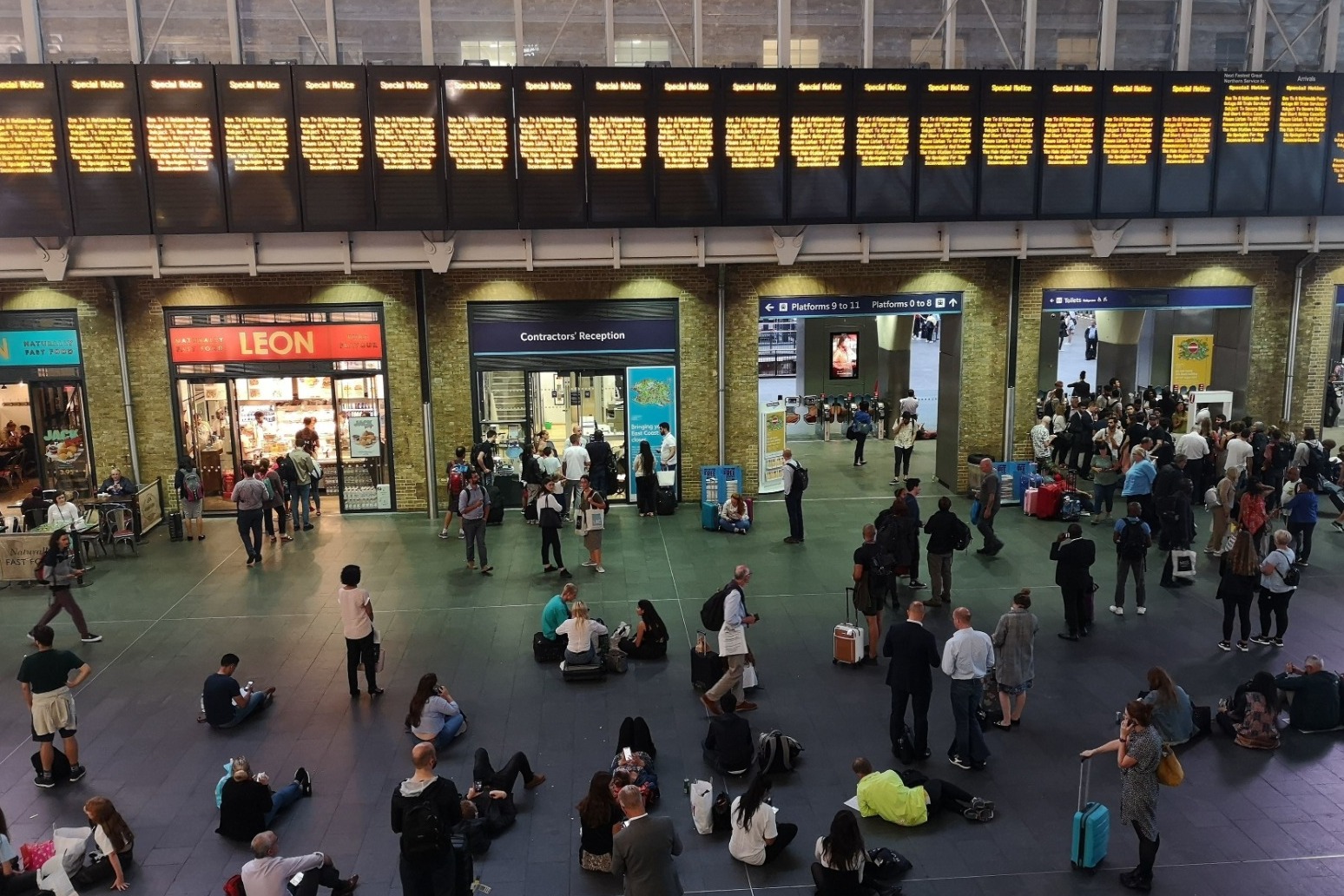
THREE FIRMS TO PAY £10.5M OVER AUGUST POWER CUTS
Three companies will pay £10.5 million to the energy watchdog's redress fund over the power cuts in August which left more than one million customers without power and caused travel chaos, regulator Ofgem has said. Ofgem's investigation into the power cuts on August 9 found that the combined loss of two large generators, the smaller loss of generation at a local level, together triggered the disconnection, loss of power and disruption to more than one million customers.
This included many commuters and rail passengers with traffic lights down and trains coming to a standstill.
Ofgem said on Friday it had concluded that two large power stations, Hornsea One Ltd and Little Barford, did not remain connected after the lightning strike.
Hornsea One Ltd, co-owned by Orsted, and Little Barford, operated by RWE, have agreed to make a voluntary payment of £4.5 million each into Ofgem's redress fund, it added.
The regulator also said that UK Power Networks had began reconnecting customers without being asked to by the National Grid Electricity System Operator (ESO) which could have potentially jeopardised recovery of the system.
Ofgem said that this had no impact on August 9 but UK Power Networks had recognised this technical breach, taken swift action to prevent any future re-occurrence and agreed to pay £1.5 million into its voluntary redress fund.
Jonathan Brearley, executive director, said: "Consumers and businesses rely on generators and network companies to provide a secure and stable power supply.
"August 9 showed how much disruption and distress is caused to consumers across the UK when this does not happen.
"That is why it is right that companies that were unable to keep generating have paid into our consumer redress fund.
"Our investigation has raised important questions about National Grid's Electricity System Operator, which is why our review will look at the structure and governance of the company.
"As the energy market changes it is vitally important we futureproof the networks to ensure consumers continue to benefit from one of the most reliable electricity systems in the world."
An offshore wind farm operated by Hornsea One Ltd and a gas power station operated by RWE both stopped generating on August 9 shortly after a lightning strike, Ofgem said.
At the same time, approximately 150MW of smaller generation, known as distributed generation, also went offline and stopped generating, it added.
National Grid ESO activated back-up power generators to make up some of the shortfall and distributed generation to balance the system but when there was not enough back-up power generation available, local network operators automatically disconnected some consumers from the grid in order to prevent further system-wide disruption.
All customers were reconnected by the Distribution Network Operators within 45 minutes of the lightning strike, the regulator said.
Ofgem said it had worked closely with the Office of Rail and Road which found that software flaws on some trains caused extended delays for commuters.
The Energy Emergencies Executive Committee also published on Friday government-backed plans to reduce the chances of similar blackouts happening again.
Business Secretary Andrea Leadsom confirmed its action plan will be implemented in full and said: "The disruption caused to people and businesses by the power cut in August was unacceptable.
"However, customers can be confident that we have one of the most robust energy systems in the world and today's report will help us reduce the risks of it happening again and ensure our energy sector is better prepared in the future."
Plans include reviewing the pros and cons of requiring National Grid Electricity System Operator (ESO) to hold additional back-up generation and supporting essential services owners and operators to put in place more robust business continuity plans.
Published: by Radio NewsHub